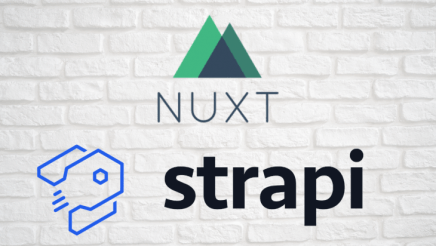
Learn about server-side rendering (SSR) and client-side rendering (CSR), how its evolved, and how to use implement it with Nuxt.js and Vue.

Use Nuxt.js, a free, open-source framework, and the Vue.js transition component to create value changes in CSS properties that improve user engagement.

This short overview covers the various ways you can structure different-sized applications using Vuex and Nuxt.js.

In this guide, we’ll evaluate Gridsome and Nuxt.js in terms of the developer experience, general use and best practices, structure, and community adoption. Then we’ll build an example blog with both frameworks.

In this post, we’ll take a look at how the Nuxt Composition API works and best practices for using it in projects.

Nowadays, you don’t need to know about managing servers to build and ship an application. That’s what serverless is all about.

Nuxt.js 2.13 introduced improved support for static apps, making it possible to specify how apps in universal mode are handled. In this guide, we’ll zoom in on this new full-static mode.

This tutorial dives into some useful properties in Nuxt, including Context, and shows you how to configure features to do more with Nuxt than you’re generally capable to do by default.

Learn how to create a Nuxt.js dashboard using a database in Cube.js and custom visualizations built with Highchart.

This guide shows you how to set up a Strapi backend with a Nuxt frontend along with a GraphQL API.

Learn how to build a Nuxt.js application completely in TypeScript using both official and third-party libraries to help reduce bugs and facilitate collaboration among developers.

If you haven’t been keeping up with the static websites hype train, I’d say you’re reading this at just the […]